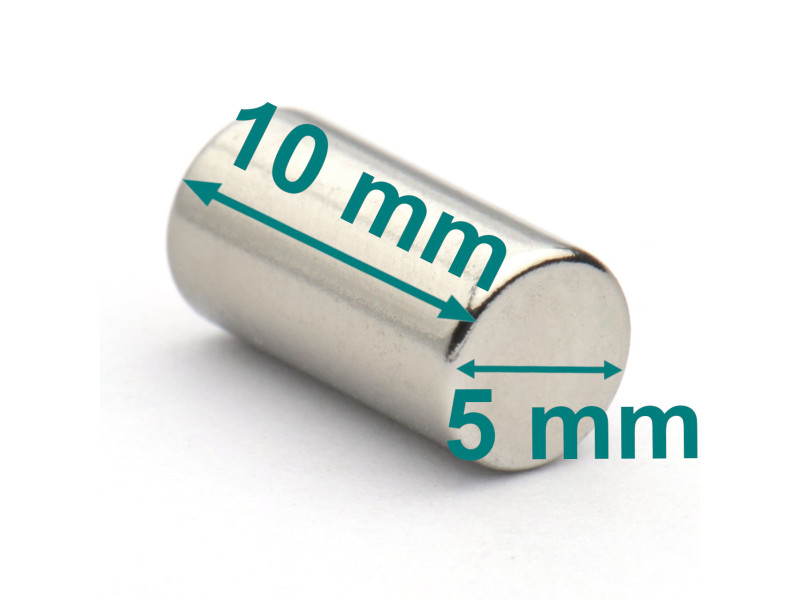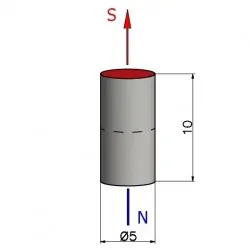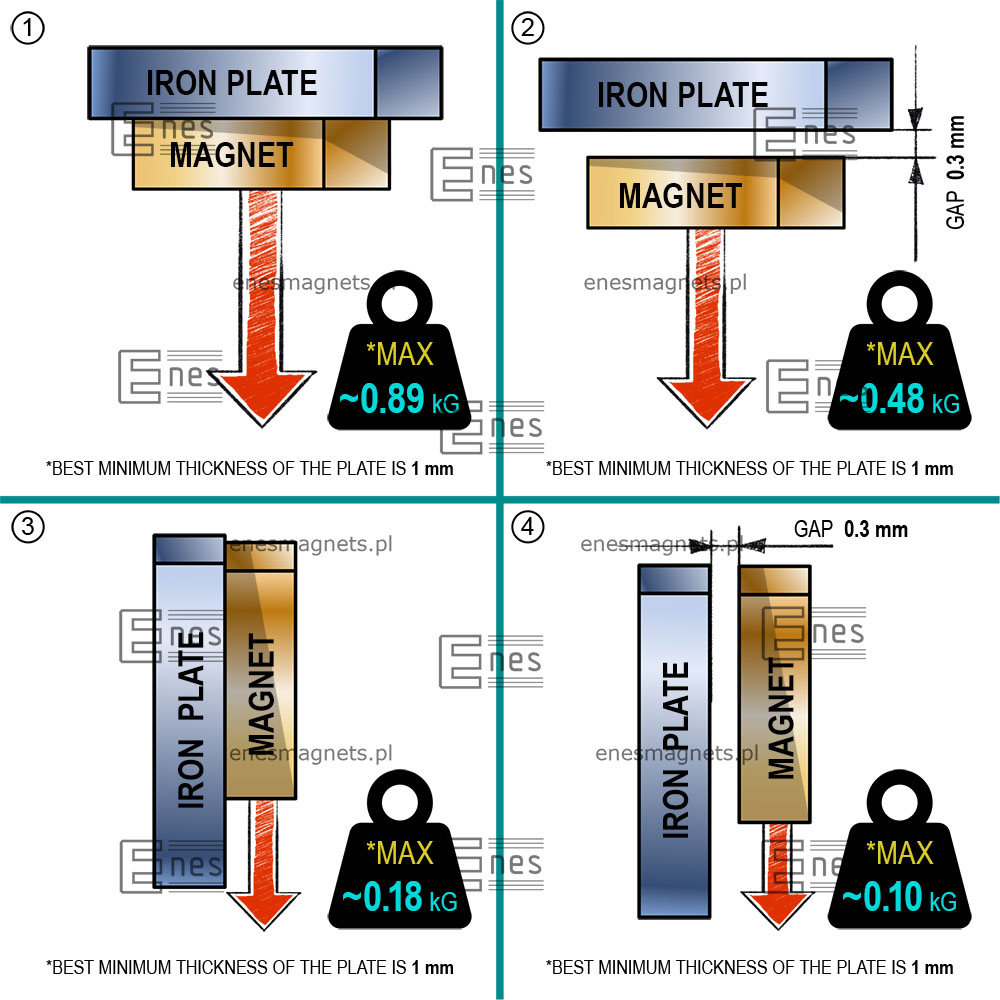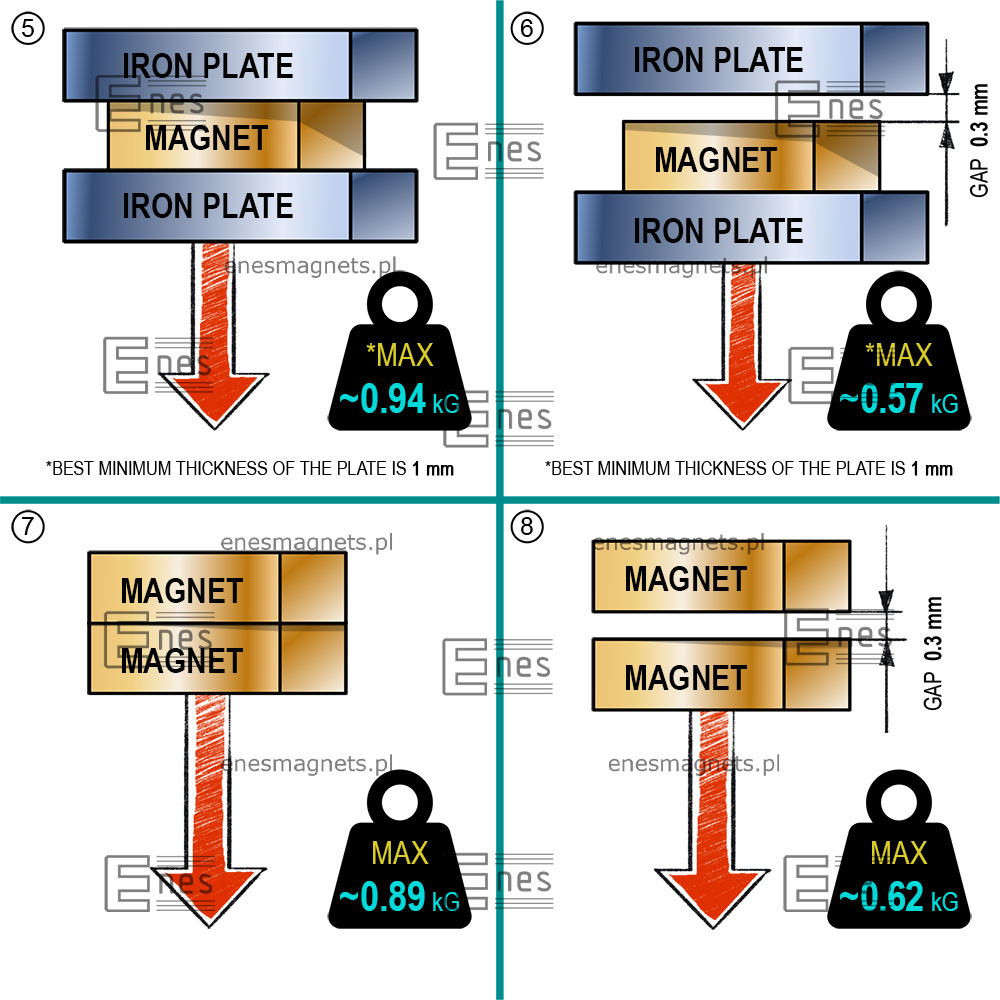- Out-of-Stock












Polityka bezpieczeństwa (edytuj za pomocą modułu „Bezpieczeństwo klienta”)

Zasady dostawy (edytuj za pomocą modułu „Bezpieczeństwo klienta”)

Zasady zwrotu (edytuj za pomocą modułu „Bezpieczeństwo klienta”)
remanence Br |
~1,21 [T] |
coercivity HcB |
min. 876 [kA/m] |
coercivity HcJ |
min. 955 [kA/m] |
| The magnetic properties of the material are not identical for every magnet. The measurement results for different magnets will vary due to the inherent heterogeneity of the magnetic material and the measurement tolerances of the measuring device. |
Density |
~7,5 [g/cm3] |
Vickers’ hardness (HV) |
~600 [kg/mm2] |
Resistivity |
~144 [uOhm x cm] |
If you require neodymium magnets manufactured to strict specifications, please send us your enquiry along with your requirements.


.jpg)
A neodymium magnet strongly attracts iron and all its alloys, as well as gadolinium, nickel, erbium, cobalt and dysprosium. Whether a metal object is attracted more or less strongly also depends on its shape. In a long object, such as an iron nail, when it is saturated with a magnetic field, the positions of the magnetic poles quickly stabilise. The ‘N’ pole is at one end of the nail and the ‘S’ pole at the other. If we melt this nail at a high temperature and form the resulting material into a sphere, it will be more difficult to attract this sphere with a magnetic field, especially if the sphere is in motion. In this high magnet with a diameter of 5 mm and a height of 10 mm, the N pole is located on the circular base of the cylinder and the S pole on the opposite, also circular surface.